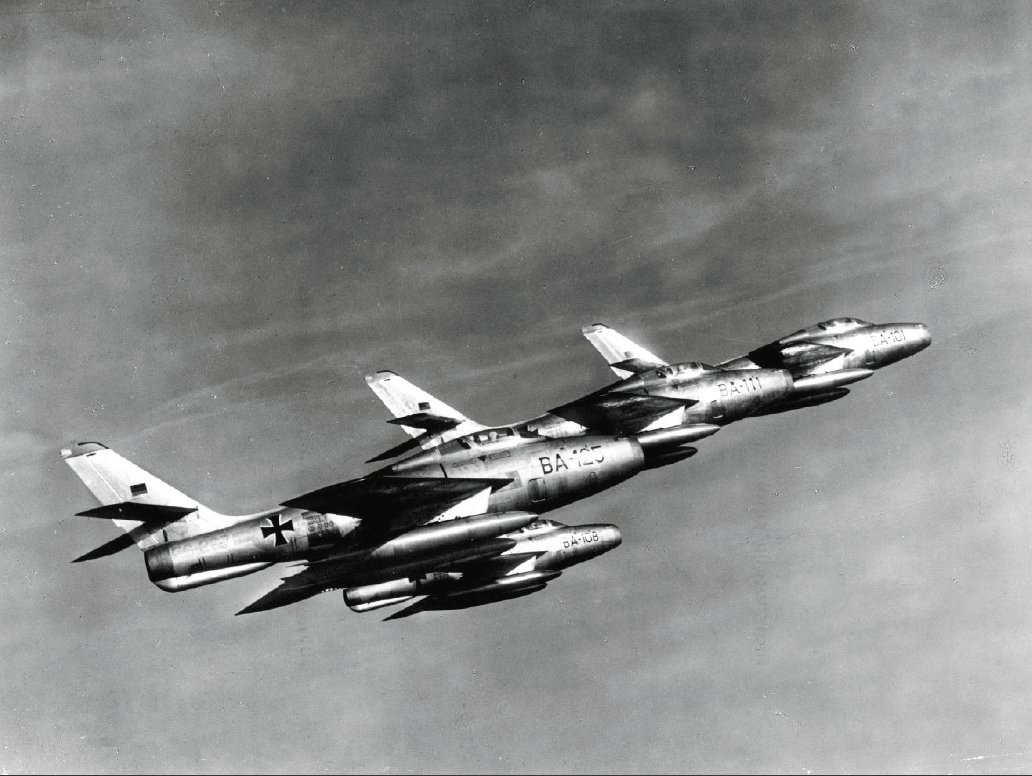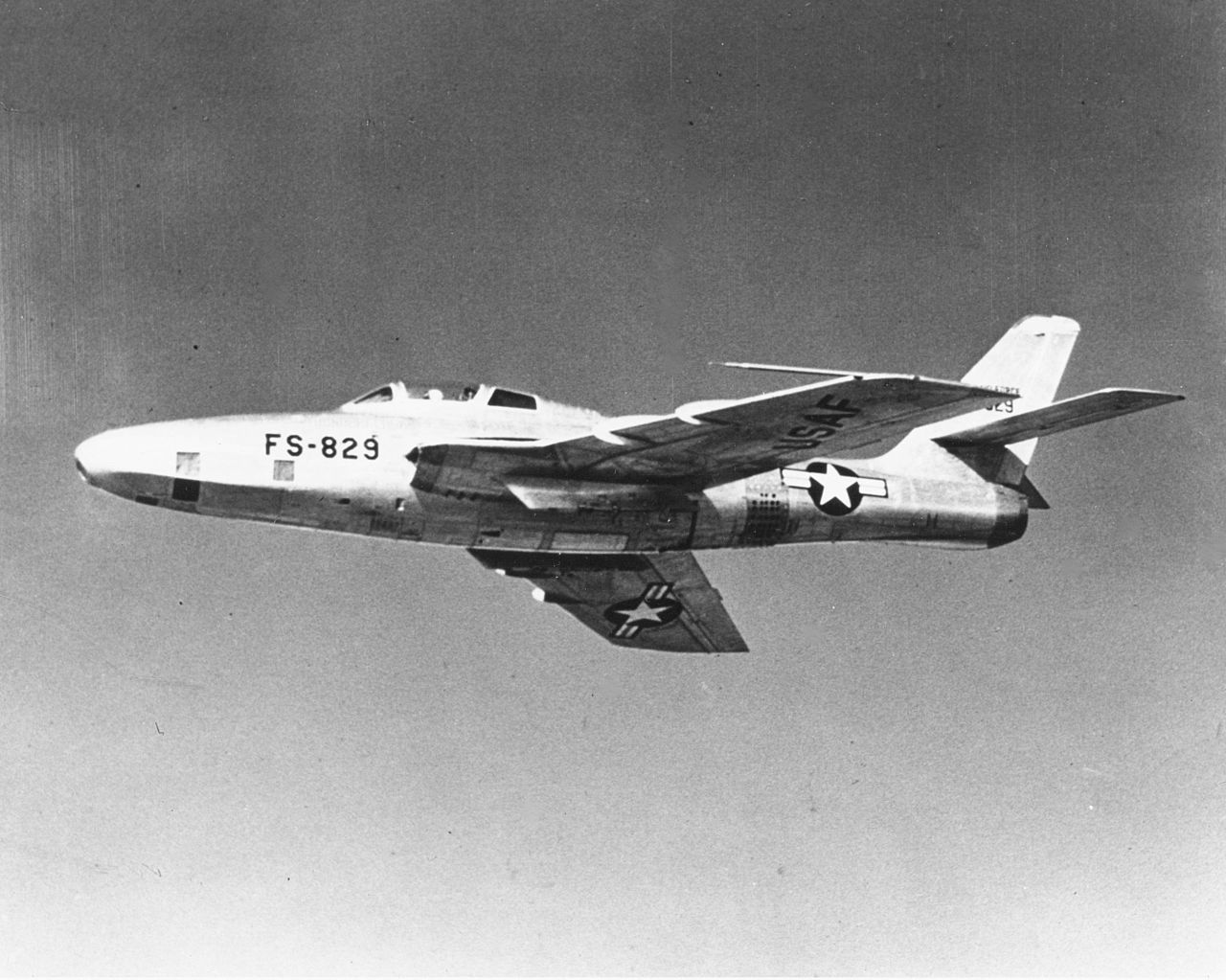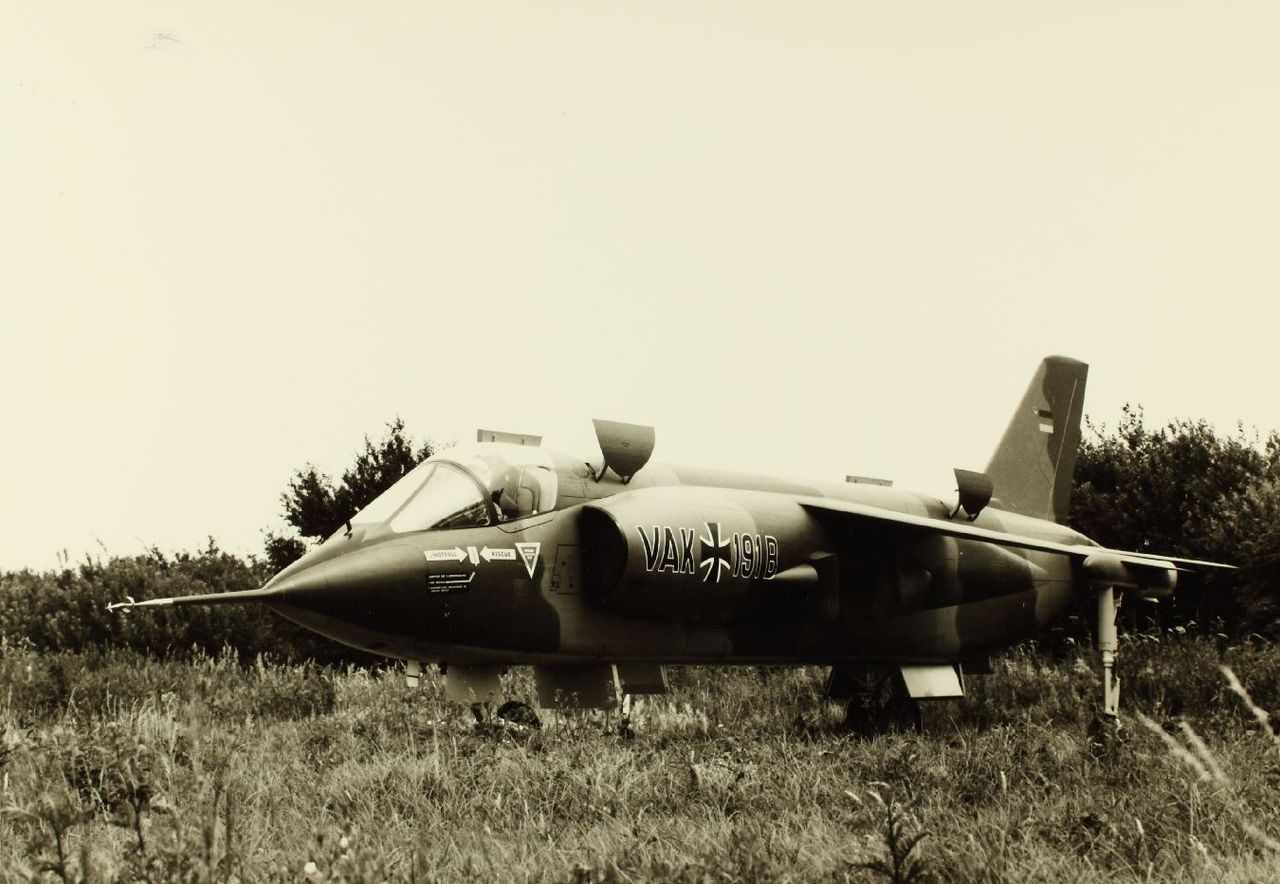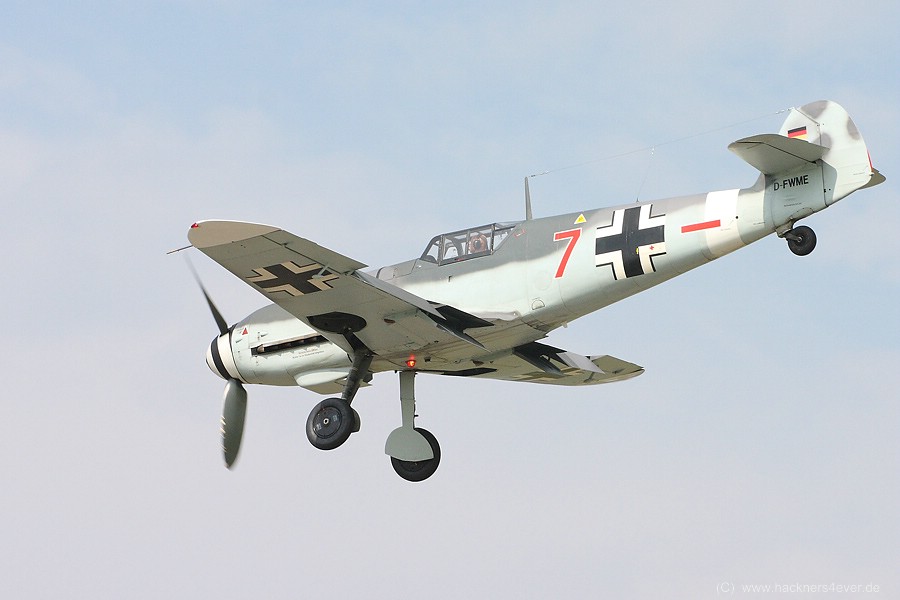History: In 1936, construction work at Manching Air Base began with the construction of the taxiways, and from the spring of 1937 onwards, work began on the erection of various high-rise buildings. During the construction work, large parts of the Manching Celtic Redoubt (Oppidum of Manching) were destroyed; only emergency excavations on a small scale were carried out. In April 1938, the completed airfield was handed over to the troops and was officially named "Fliegerhorst Ingolstadt".
During the war years, the air base hosted several flying schools, fighter schools and a night fighter school that conducted its training operations with Messerschmitt Bf-110 aircraft. From mid-1944 until the end of the war, the airfield was attacked by bombers of the Allied air forces. The attacks peaked in April 1945 and resulted in the transfer of still intact aircraft from the destroyed air base further south. On April 26, 1945, the Horst was occupied by the U.S. Army.
After the airfield, which was under U.S. administration, was handed over to the German authorities in 1956, the runway was renovated and the infrastructure for military air operations was created. In May 1960, the AG 51 reconnaissance squadron was transferred from Erding to Manching and immediately began flying RF-84 Thunderflash aircraft.
 |
 |
| Republic F-84F der Luftwaffe ca. 1960 | Republic RF-84F |
In 1961, Messerschmitt AG relocated its plant from Munich-Riem to Manching and the 2940-meter runway to the south was built. In 1966, "Erprobungsstelle 61" was relocated from Oberpfaffenhofen to Manching. This created the structures that are essentially still valid today; the E-Stelle is now called "Wehrtechnische Dienststelle für Luftfahrzeuge - Musterprüfwesen für Luftfahrtgerät der Bundeswehr" and Messerschmitt AG became "EADS Military Air Systems", in the meantime renamed "Cassidian" and currently operating under "Airbus Defence and Space".
Wehrtechnische Dienststelle für Luftfahrzeuge - Musterprüfwesen für Luftfahrtgerät der Bundeswehr: The beginnings of flight testing in Germany can be traced back to 1916, when aircraft for the armed forces were still being tested on behalf of the Kaiser in the small village of Rechlin / Müritz. However, the loss of World War I brought these activities to a halt after 1918. At the end of the 1920s, aircraft tests were already carried out again in Rechlin (and the airfield Lärz, which was later built in the immediate vicinity), bypassing the Treaty of Versailles. After the end of World War II and the rearmament of the Federal Republic of Germany, the "E-Stelle" was initially located in Oberpfaffenhofen. In 1959, the decision was made to move to Manching. Several alternatives were considered, including the current location of WTD 81 in Greding.
In all these years there were the most different projects and types at the "E-Stelle". One of the most interesting development programs: the German vertical take-off aircraft, whose testing was carried out at WTD 61 from 1963 to 1974, among others (the prototypes can be seen in the German Museum Flugwerft Schleißheim in Oberschleißheim).
.jpg) |
 |
| Dornier Do 31 Senkrechtstarter Frachtflugzeug 1968 (Quelle: Ralf Manteufel Lizenz: GFDL 1.2) |
VFW Fokker VAK 191 Senkrechtstarter Kampfflugzeug (Quelle: San Diego Air & Space Museum Lizenz: gemeinfrei) |
Due to current and future tasks, aircraft spotters in Manching will certainly be able to observe new and rare aircraft again: Introduction of the Airbus A400M at the Luftwaffe, test of unmanned flying objects (drones), etc.
Airbus: Airbus (formerly EADS Military Air Systems or Cassidian) employs around 5,500 people in Manching and concentrates all activities relating to manned and unmanned military aircraft at the site, thus creating the largest military aviation center in Europe. Fuselage segments of all the more than 700 Eurofighter Typhoons ordered are manufactured here. The Eurofighters ordered by Germany and Austria will be final assembled here and supported during their service life. In addition, the German Navy's P-3 Orion and NATO's E-3A AWACS are maintained at the aircraft hangar.
Flugzeugbeobachtung: Manching airfield is located at an altitude of 367 meters and has two runways oriented east-west. The original north runway (07L/25R) with a length of 2438 x 30 meters and the south runway (07R/25L) built in 1961 with a length of 2940 x 60 meters is one of the longest runways in Germany. The southern runway was certified as a space shuttle emergency landing site.
Both runways are relatively easy to see and therefore well suited for aircraft observation and photography. Also, unlike other military airfields, there are no problems with guards or security here. Even the use of ladders to photograph over the fence is tolerated.
For military spotters, Manching is probably the place with the largest variety of types in Germany. All types of aircraft and helicopters used by the air force, navy and army can be seen regularly. Since IMA has been sharing the airfield with the German Air Force, more and more business jets and smaller airliners have been approaching the airfield. Also located at Manching Airfield is "EADS Heritage Flight" with a small Messerschmitt museum and several airworthy vintage aircraft. With a bit of luck, Messerschmitt aircraft of the types Bf 108, Bf 109 and a Me-262 replica can also be admired in the air.
Speaking of luck: It is quite possible to stand at the fence in Manching for 3 hours without the slightest flight movement ;-)


Quellen: WTD 61 Manching, EADS, IMA, mil. Luftfahrthandbuch
Bilder: soweit nicht anders gekennzeichnet, unterliegen diese nicht dem Urheberrecht (gemeinfrei)
